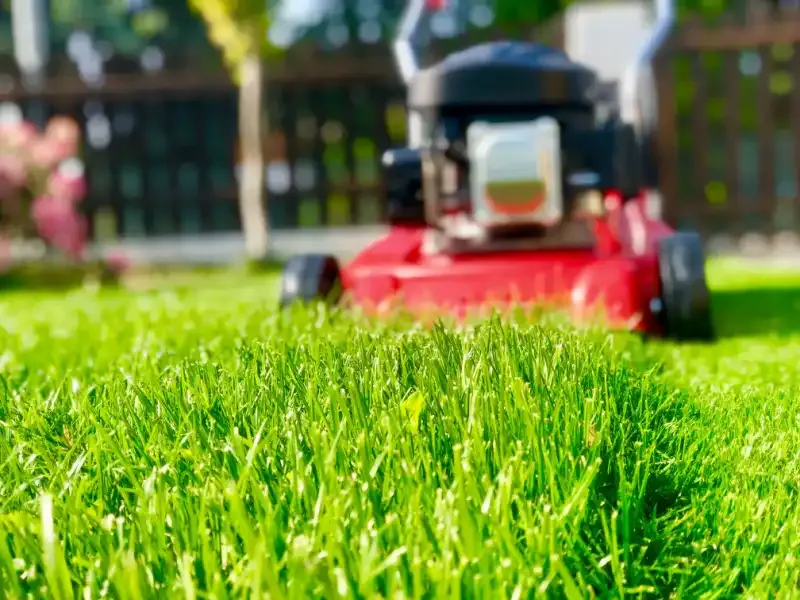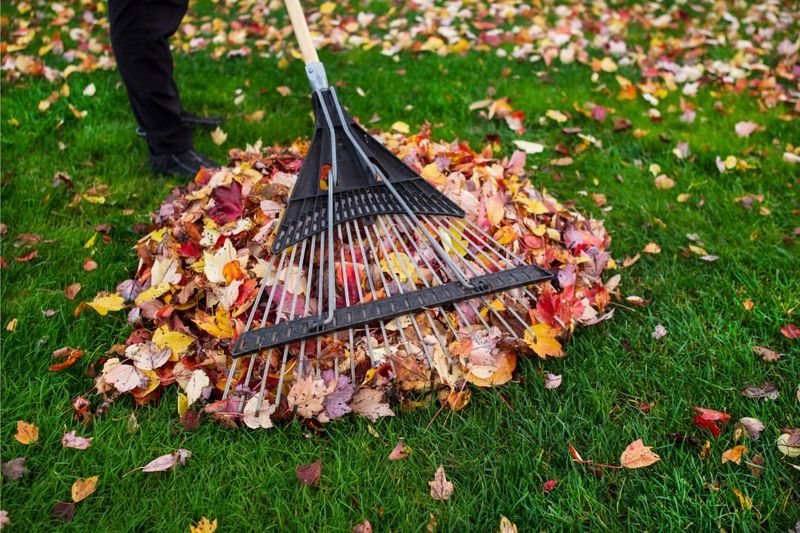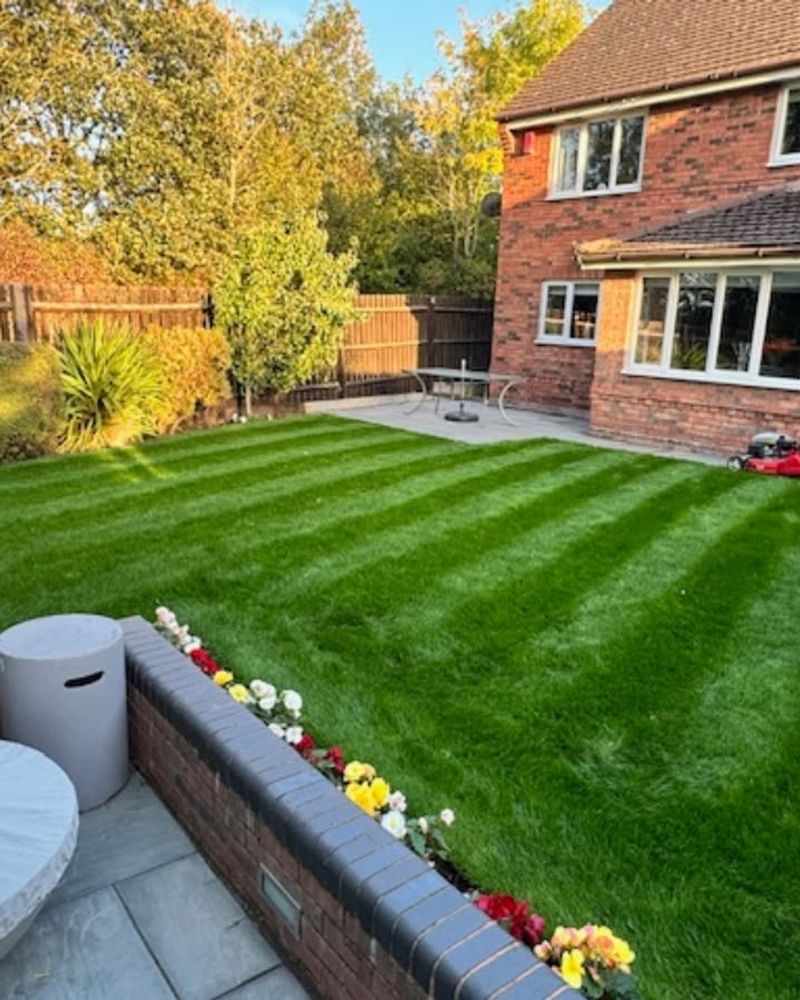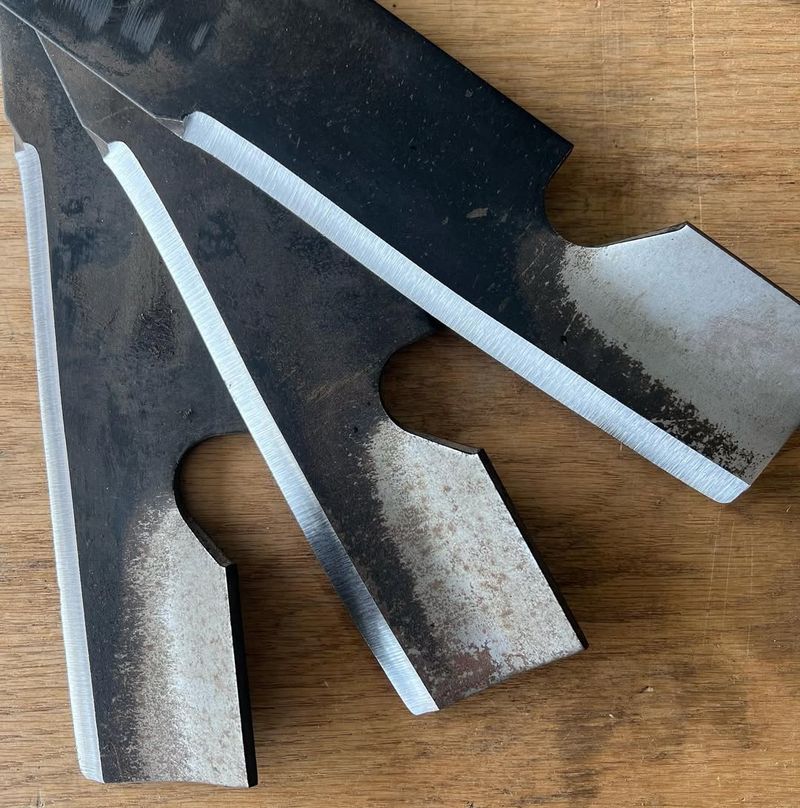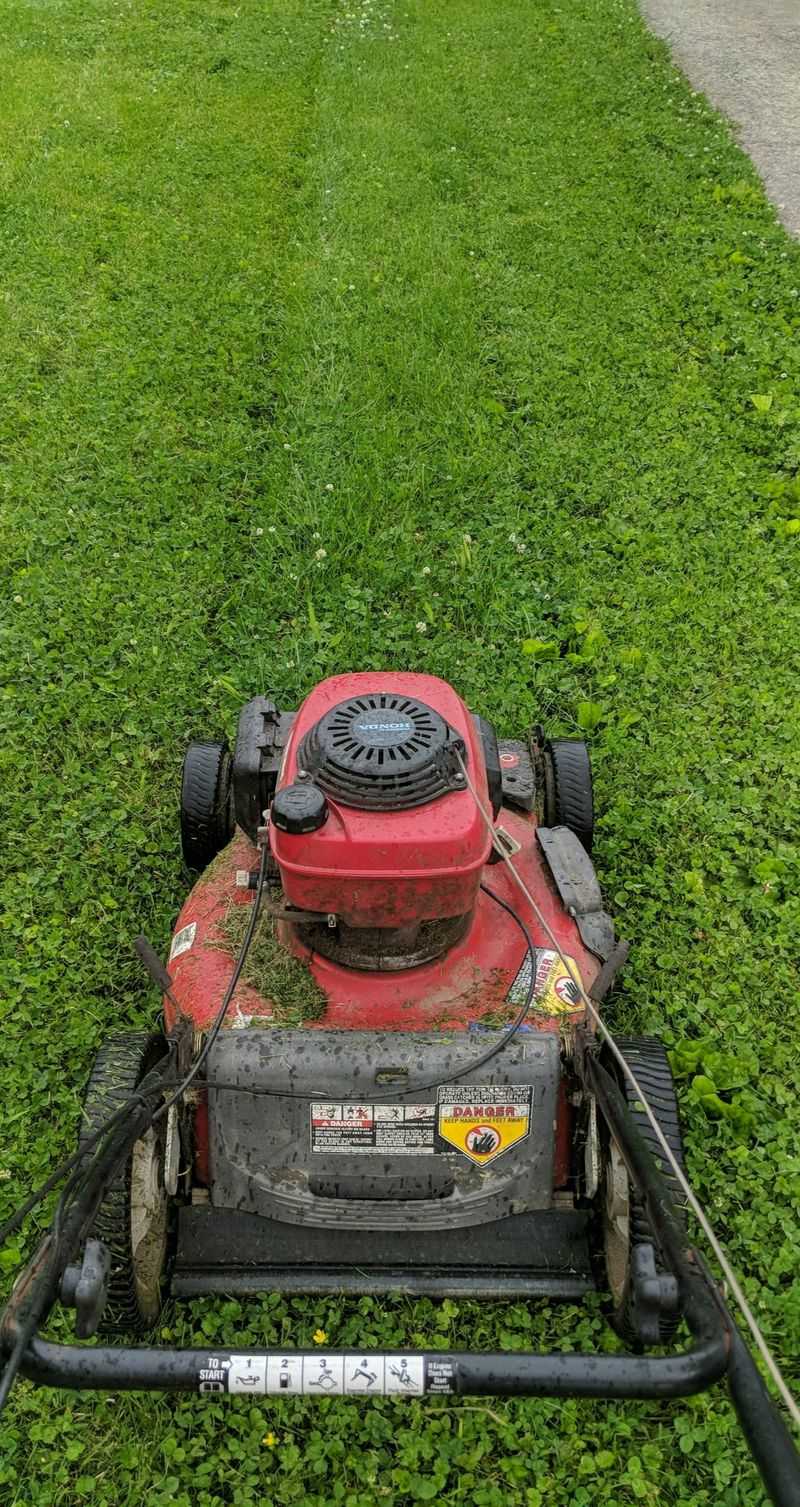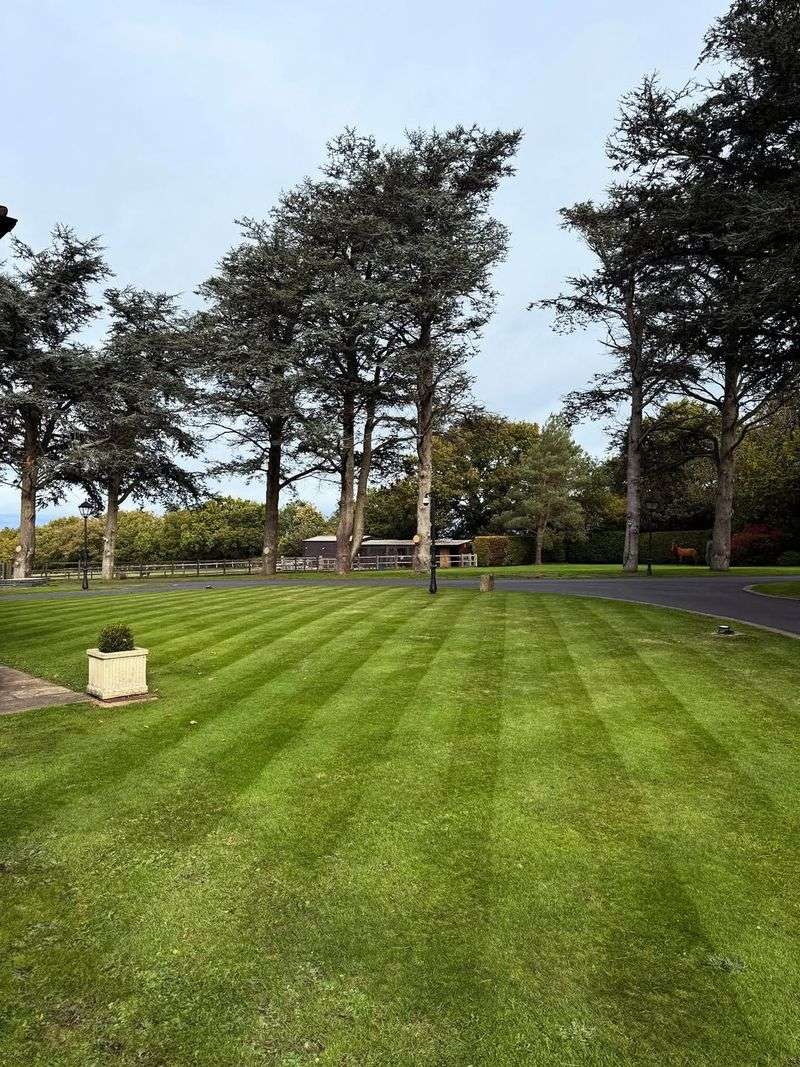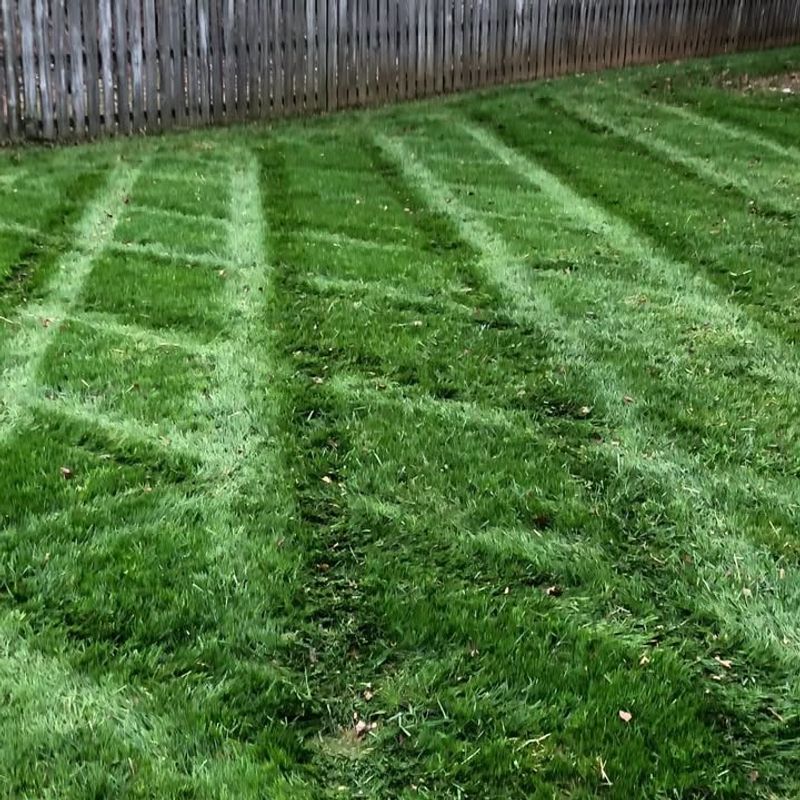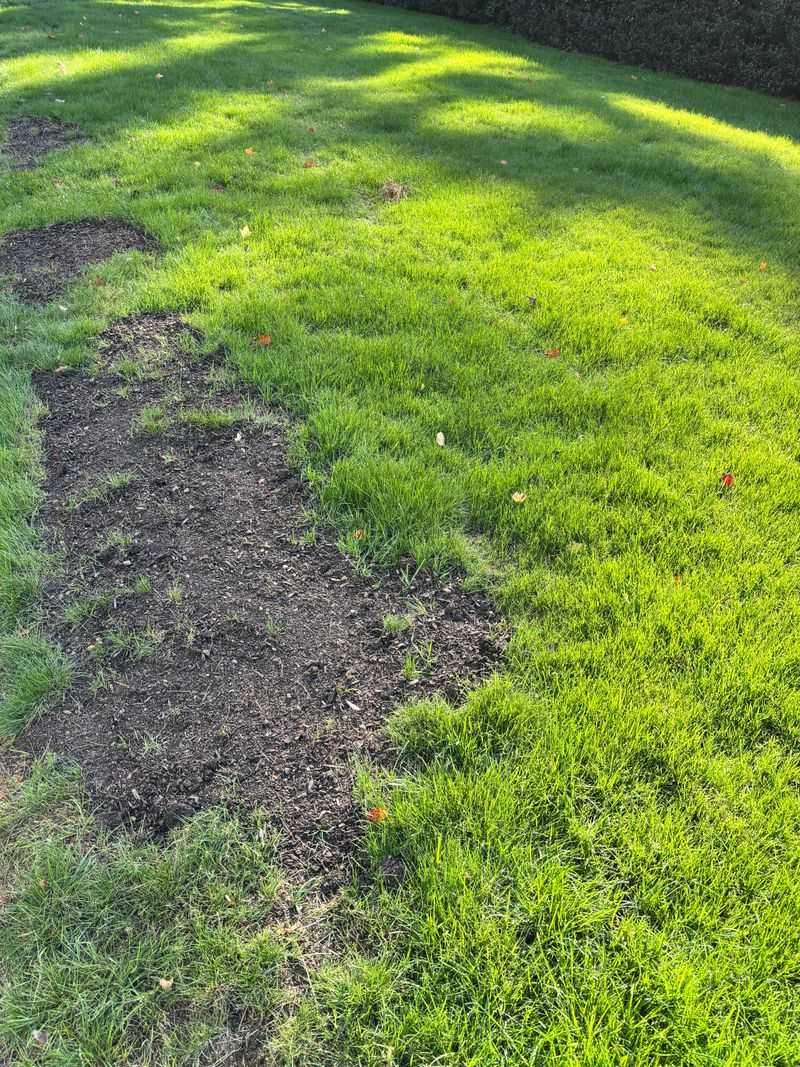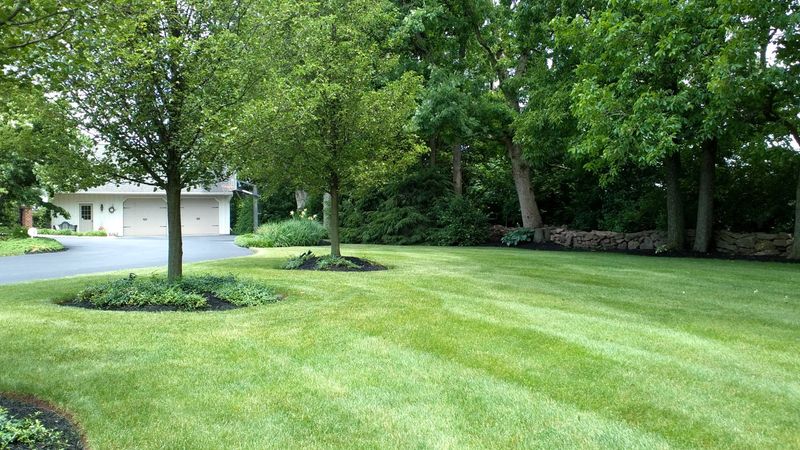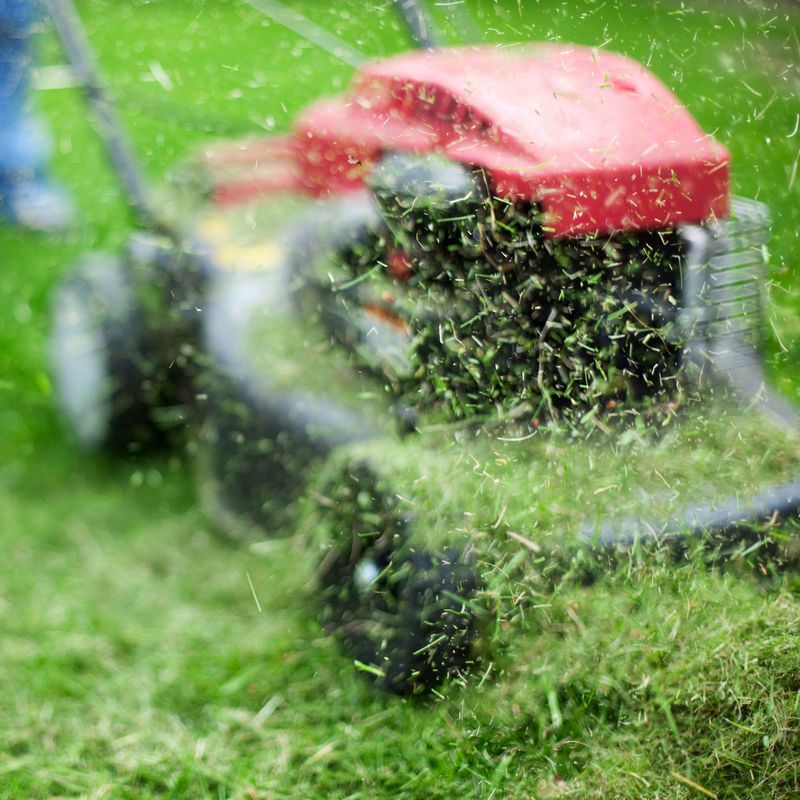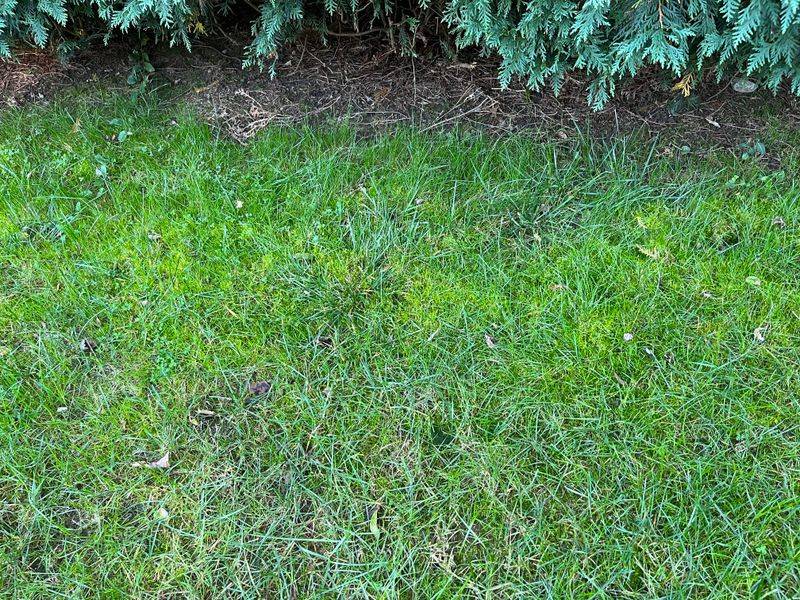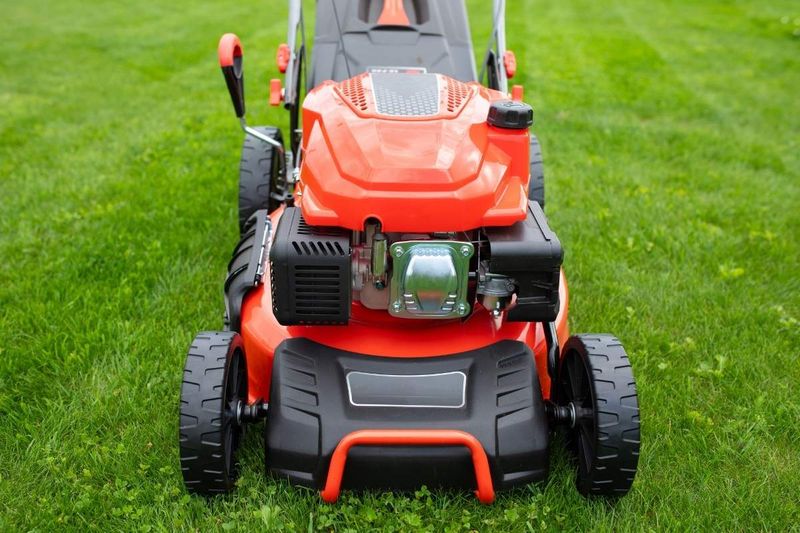October in Indiana brings cooler temperatures and falling leaves, but your lawn still needs attention before winter arrives. Mowing during this month requires different strategies than summer care to keep your grass healthy through the cold season ahead.
Following the right mowing practices now will help your yard bounce back beautifully when spring returns. These tips will guide you through the essential October lawn care tasks that Indiana homeowners need to know.
1. Adjust Your Mower Height Gradually
As temperatures drop across Indiana, your grass grows slower and needs a different cutting height. Start lowering your mower deck gradually throughout October, aiming for about 2 to 2.5 inches by month’s end.
Cutting too short too quickly can shock your lawn and leave it vulnerable to frost damage. Make small adjustments of about half an inch each time you mow.
This gradual approach strengthens roots while preventing disease and weed growth during the dormant season ahead.
2. Remove Leaves Before Every Mowing Session
Fallen leaves might look pretty, but they can smother your grass and create dead patches if left too long. Before firing up your mower in October, rake or blow leaves off the lawn surface.
Heavy leaf coverage blocks sunlight and traps moisture, which encourages fungal problems common in Indiana’s humid autumn weather. Clear leaves allow your grass to breathe and absorb nutrients properly.
You can also mulch small amounts of leaves with your mower if they’re dry and scattered lightly.
3. Mow When Grass Is Completely Dry
October mornings in Indiana often bring heavy dew that lingers on grass blades well into late morning. Wait until your lawn is completely dry before mowing to avoid clumping and uneven cuts.
Wet grass clogs mower decks, creates messy clumps that suffocate turf underneath, and can spread disease spores across your yard. Afternoon mowing sessions typically work best during this month.
Check the forecast too—avoid mowing right before expected rain to prevent muddy tracks and soil compaction.
4. Keep Your Mower Blades Sharp
Dull blades tear grass instead of cutting cleanly, leaving ragged brown edges that weaken your lawn before winter. Sharpen your mower blades at least once before October mowing season ends, or more if you hit rocks or sticks.
Clean cuts heal faster and help Indiana lawns resist cold weather stress and disease. You’ll notice the difference immediately—sharp blades create a uniform, healthy appearance.
Most hardware stores offer blade sharpening services if you’re not comfortable doing it yourself.
5. Follow The One-Third Rule Religiously
Never remove more than one-third of the grass blade length in a single mowing, even as you gradually lower cutting height in October. Cutting too much at once stresses your lawn and exposes tender growth to Indiana’s increasingly cold nights.
If your grass has grown tall between mowings, make two passes a few days apart instead of scalping it down immediately. This rule protects root systems and maintains the energy reserves grass needs for winter survival.
Patience now pays off with healthier spring growth.
6. Change Your Mowing Pattern Each Time
Mowing the same direction every time creates ruts and compacts soil along your usual wheel tracks. Alternate your mowing pattern each session—go north-south one week, east-west the next, then try diagonal passes.
This simple change prevents soil compaction issues that plague Indiana lawns and encourages grass to grow more upright rather than leaning one direction. Your lawn will look fuller and healthier.
Varying patterns also reduces wear on your turf and distributes foot traffic more evenly across the yard.
7. Don’t Bag Clippings In October
Grass clippings naturally decompose and return valuable nitrogen to your soil—nutrients your Indiana lawn desperately needs before winter dormancy. Leave clippings on the lawn during October mowings unless they’re excessively long or clumped.
This free fertilizer breaks down quickly in autumn’s cooler, moister conditions and doesn’t contribute to thatch buildup like many homeowners fear. Short clippings disappear into the turf within days.
You’ll save time, reduce waste, and feed your lawn simultaneously with this effortless practice.
8. Watch For Frost Before Morning Mowing
Late October brings the first frosts to many Indiana neighborhoods, and mowing frosted grass causes serious damage. Frozen grass blades break rather than bend, leaving your lawn bruised and discolored.
Wait until frost completely melts and grass blades return to normal before starting your mower. This might mean delaying your mowing session until afternoon on particularly cold mornings.
Damaged grass struggles to recover before winter and becomes more susceptible to disease and die-off during dormancy.
9. Reduce Mowing Frequency As Month Progresses
Early October might still require weekly mowing, but grass growth slows considerably as Indiana temperatures drop toward month’s end. Pay attention to actual growth rather than sticking to a rigid schedule.
By late October, you might only need to mow every ten days or even less frequently. Mowing when unnecessary wastes fuel, time, and stresses grass preparing for dormancy.
Let your lawn tell you when it needs cutting—if it hasn’t grown noticeably since last time, skip the session.
10. Clean Your Mower Deck After Each Use
October’s damp conditions cause grass clippings and debris to cake underneath your mower deck, reducing cutting efficiency and promoting rust. Scrape or hose off buildup after every mowing session while material is still fresh and easier to remove.
Clean decks cut more evenly and prevent disease transfer between lawn areas. This maintenance extends your mower’s life and ensures consistent performance.
Indiana’s humidity makes rust formation particularly problematic, so thorough cleaning becomes even more important during autumn months.
11. Avoid Mowing Wet Or Muddy Areas
October rains can leave low-lying spots in your Indiana yard soggy and soft for days. Mowing over these areas creates deep ruts, compacts soil, and damages grass roots that need oxygen to survive winter.
Skip waterlogged sections even if it means your lawn looks temporarily uneven. Wait until soil firms up before cutting these trouble spots.
Soil compaction problems created now will haunt you next spring with thin, struggling grass and poor drainage that only worsens over time.
12. Complete Final Mowing Before First Hard Freeze
Your last October mowing should happen before Indiana’s first hard freeze arrives, typically late in the month. This final cut at the proper height protects grass crowns from winter damage while preventing matted grass that encourages snow mold.
Check local weather forecasts and plan accordingly—you want grass at ideal height when growth stops completely. Too tall invites disease; too short exposes roots to freeze damage.
Timing this final mowing correctly sets your lawn up for successful winter dormancy and vigorous spring recovery.


